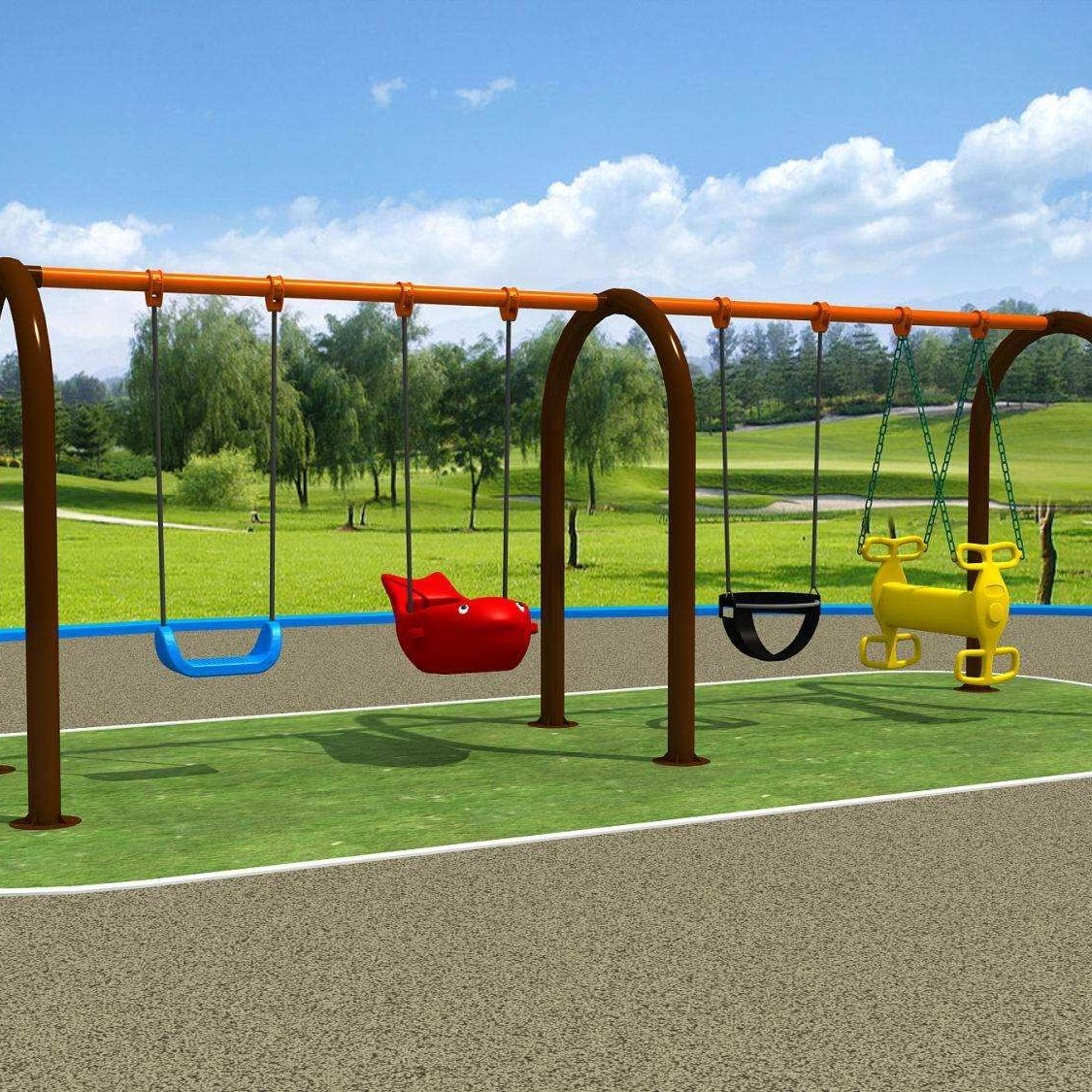
-
 Afrikaans
Afrikaans -
 Albanian
Albanian -
 Amharic
Amharic -
 Arabic
Arabic -
 Armenian
Armenian -
 Azerbaijani
Azerbaijani -
 Basque
Basque -
 Belarusian
Belarusian -
 Bengali
Bengali -
 Bosnian
Bosnian -
 Bulgarian
Bulgarian -
 Catalan
Catalan -
 Cebuano
Cebuano -
 China
China -
 China (Taiwan)
China (Taiwan) -
 Corsican
Corsican -
 Croatian
Croatian -
 Czech
Czech -
 Danish
Danish -
 Dutch
Dutch -
 English
English -
 Esperanto
Esperanto -
 Estonian
Estonian -
 Finnish
Finnish -
 French
French -
 Frisian
Frisian -
 Galician
Galician -
 Georgian
Georgian -
 German
German -
 Greek
Greek -
 Gujarati
Gujarati -
 Haitian Creole
Haitian Creole -
 hausa
hausa -
 hawaiian
hawaiian -
 Hebrew
Hebrew -
 Hindi
Hindi -
 Miao
Miao -
 Hungarian
Hungarian -
 Icelandic
Icelandic -
 igbo
igbo -
 Indonesian
Indonesian -
 irish
irish -
 Italian
Italian -
 Japanese
Japanese -
 Javanese
Javanese -
 Kannada
Kannada -
 kazakh
kazakh -
 Khmer
Khmer -
 Rwandese
Rwandese -
 Korean
Korean -
 Kurdish
Kurdish -
 Kyrgyz
Kyrgyz -
 Lao
Lao -
 Latin
Latin -
 Latvian
Latvian -
 Lithuanian
Lithuanian -
 Luxembourgish
Luxembourgish -
 Macedonian
Macedonian -
 Malgashi
Malgashi -
 Malay
Malay -
 Malayalam
Malayalam -
 Maltese
Maltese -
 Maori
Maori -
 Marathi
Marathi -
 Mongolian
Mongolian -
 Myanmar
Myanmar -
 Nepali
Nepali -
 Norwegian
Norwegian -
 Norwegian
Norwegian -
 Occitan
Occitan -
 Pashto
Pashto -
 Persian
Persian -
 Polish
Polish -
 Portuguese
Portuguese -
 Punjabi
Punjabi -
 Romanian
Romanian -
 Russian
Russian -
 Samoan
Samoan -
 Scottish Gaelic
Scottish Gaelic -
 Serbian
Serbian -
 Sesotho
Sesotho -
 Shona
Shona -
 Sindhi
Sindhi -
 Sinhala
Sinhala -
 Slovak
Slovak -
 Slovenian
Slovenian -
 Somali
Somali -
 Spanish
Spanish -
 Sundanese
Sundanese -
 Swahili
Swahili -
 Swedish
Swedish -
 Tagalog
Tagalog -
 Tajik
Tajik -
 Tamil
Tamil -
 Tatar
Tatar -
 Telugu
Telugu -
 Thai
Thai -
 Turkish
Turkish -
 Turkmen
Turkmen -
 Ukrainian
Ukrainian -
 Urdu
Urdu -
 Uighur
Uighur -
 Uzbek
Uzbek -
 Vietnamese
Vietnamese -
 Welsh
Welsh -
 Bantu
Bantu -
 Yiddish
Yiddish -
 Yoruba
Yoruba -
 Zulu
Zulu
frp car body
Understanding FRP Car Bodies Innovation in Automotive Design
In recent years, the automotive industry has witnessed a revolutionary shift towards incorporating advanced materials designed to improve performance, safety, and efficiency. One such innovation is the use of Fiber Reinforced Plastics (FRP) in car body construction. This material, characterized by its lightweight nature and exceptional strength, has become increasingly popular among manufacturers aiming to enhance vehicle performance while reducing fuel consumption and emissions.
FRP is a composite material that consists of a polymer matrix reinforced with fibers, typically glass or carbon. The combination of these materials results in a structure that is both lightweight and incredibly strong, making it an ideal choice for automotive applications. Unlike traditional materials like steel and aluminum, which can add significant weight to a vehicle, FRP allows for weight reduction without sacrificing structural integrity. This is particularly important in the quest for improved fuel efficiency and reduced carbon footprints.
Understanding FRP Car Bodies Innovation in Automotive Design
Manufacturing processes for FRP car bodies have also evolved, enabling faster production times and reduced costs. Techniques such as compression molding, resin transfer molding, and vacuum infusion have made it possible to create complex shapes and designs more efficiently than ever before. These processes not only minimize waste but also allow for the scalability of production, making FRP an economically viable option for mass production.
frp car body

Moreover, the design flexibility offered by FRP is a significant advantage for automotive engineers and designers. The material can be easily molded into intricate shapes, allowing for unique aesthetics and enhanced aerodynamics. This design freedom encourages innovation, as manufacturers can experiment with new vehicle architectures that may not be feasible with traditional materials. Additionally, FRP can be painted and finished in various ways, ensuring that vehicles can maintain their visual appeal while benefiting from the performance advantages of the material.
The environmental impact of automotive manufacturing is a pressing concern, and the adoption of FRP car bodies can contribute positively to sustainability efforts. As FRP materials can be engineered to be recyclable, they provide an opportunity to reduce waste in the automotive supply chain. Furthermore, the lightweight characteristics of FRP lead to increased fuel efficiency during vehicle operation, which helps to decrease greenhouse gas emissions over the vehicle's lifespan.
Despite the numerous advantages of FRP car bodies, there are challenges that manufacturers must address. The long-term durability of FRP compared to traditional materials is still a topic of research and development. While FRP is resistant to corrosion, it can be susceptible to UV degradation and temperature fluctuations. Manufacturers are working diligently to enhance the longevity of FRP components to ensure they meet the rigorous demands of vehicle use over time.
In conclusion, the integration of Fiber Reinforced Plastics into car body construction represents a significant leap forward in automotive innovation. The combination of lightweight properties, enhanced safety features, design flexibility, and environmental sustainability makes FRP an attractive option for both manufacturers and consumers. As technology continues to advance, we can expect to see further developments in FRP applications within the automotive sector, leading to the creation of vehicles that are not only more efficient but also safer and more environmentally friendly. The future of car design is bright with FRP at the forefront, paving the way for a new era in automotive engineering.









